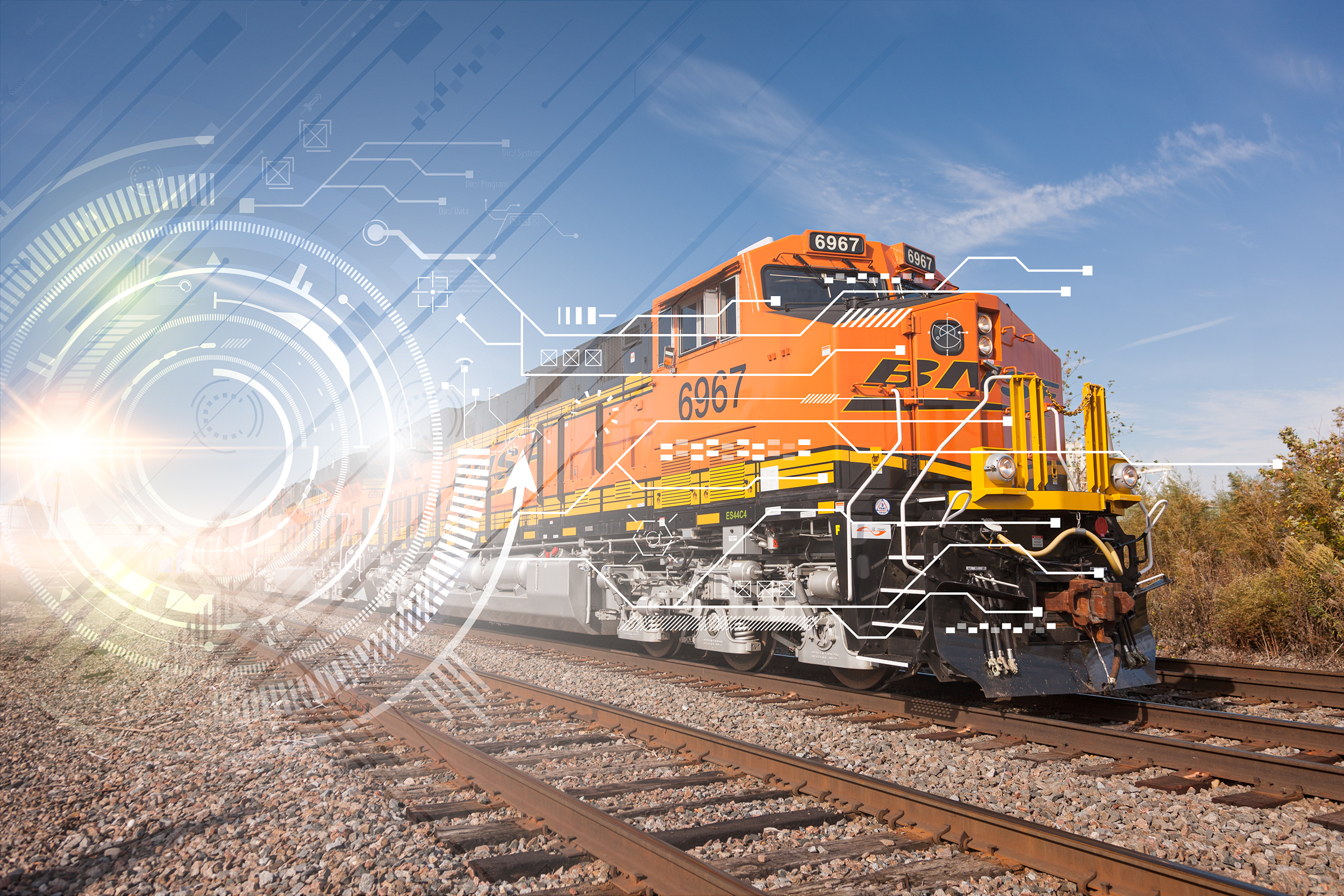Keithz....................so your alternative to diesel trains is to do nothing at all?
Until the technology catches up and the government is willing to fund a conversion, VIA should do nothing at all.
You seem to be forgetting that VIA is a crown corp and that the government decides what capital investments are made. Not VIA management.
Well if Ottawa decides to use that theory then I can't wait for CN & CP to take them to court because one rail system gets a pass and the other doesn't.
What exactly would they take them to court for? It is you that has invented this imaginary decarbonization of rail. The government has no such policy. They have some vague pronouncements and trials for some tech. But they have no hard deadlines or rules. So there's nothing to fight in court over. Don't mistake some rhetoric from the Liberals for actual policy. And the Conservatives aren't even bothering with rhetoric. The rails won't be decarbonizing for a very, very long time in Canada.
Let's assume, however, that Ottawa lets VIA keep polluting til the end of time, there is also another reality.........in 30 years VIA won't have any suppliers.
Correct. And in 30 years, the Chargers that VIA just bought will be old and ready for replacement. This is repeatedly what I have said on this thread. They can (and probably will) pursue electrification in 15-20 years when they've gotten past most of the useful economic life of the Chargers. Somewhere around 2035-2040, that's when we might hear about electrifying Corridor ops, unless we see substantial political motivation to put down OCS for the whole Corridor.
Whether you, or I, think VIA should go battery, catenary, hydrogen, or horse & buggy is completely irrelevant. The stark reality is that VIA is going to have to move to a completely sustainable and zero emissions fleet and it's not going to come cheap.
But it will be a lot cheaper than doing anything today. And that is the point. Batteries, hydrogen fuel cells, signalling systems, communications systems, AI software, etc will all be much cheaper a decade from now. And even more so in 15-20 years. Just in time to recapitalize some or all of VIA's fleet.
I think the likely plan is something like this:
1) Let GO RER Kitchener get substantially built out by 2030, with OCS installed. The Pearson transit hub might also happen by then.
2) Build out HFR West to Windsor by 2035.
3) Around 2030-2035 procure proven battery electric rolling stock and build up OCS as required on the rural stretches, and cascade the Siemens Chargers and maybe even the Siemens Venture fleet to VIA long haul operations.
4) Around 2045 start planning for the deployment of hydrogen traction on the long haul fleet.
That's a timeline that lines up with actual technological development in the rail sector. VIA ain't going to move faster than the rest of the world.








